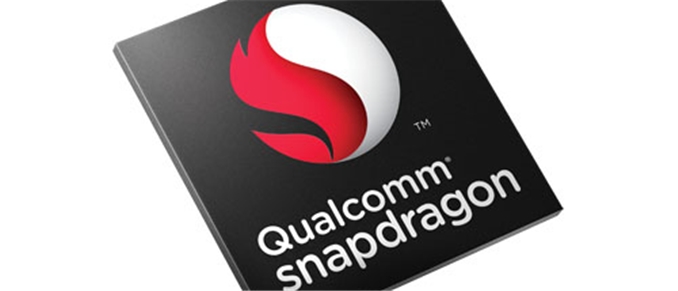Qualcomm Announces Snapdragon 200 Additions - MSM8x10 and MSM8x12
by Brian Klug on June 24, 2013 8:40 PM EST- Posted in
- Smartphones
- Snapdragon
- Qualcomm
- Mobile
- Tablets
- snapdragon 200

Last week, Qualcomm announced two new members of the Snapdragon 200 tier. As a reminder, Qualcomm has moved to a tiered structure split between 200, 400, 600, and 800 level parts, with higher numbers connoting higher-end parts. I waited a while before posting about these two new Snapdragon 200 family SoCs to verify some specific details on what's inside. These new parts are MSM8x10 and MSM8x12, both aimed at entry level phones for China and emerging regions.
MSM8x12 is the higher end of the two, and has four ARM Cortex A7s at 1.2 GHz inside alongside Adreno 302 graphics. MSM8x10 is dual core ARM Cortex A7 at 1.2 GHz also alongside Adreno 302. Both include support for single channel LPDDR2 at 333MHz. Both also include up to HSPA+ 21.1 on the downlink with the usual multimode flavors (HSPA+, TD-SCDMA, EVDO), the only difference on the modem side is that MSM8x12 includes support for both dual sim dual standby and dual sim dual active (DSDS, DSDA) while MSM8x10 only includes dual sim dual standby (DSDS). Both of these are 28nm SoCs and will be available with Qualcomm's reference design (QRD) platform late 2013.
Source: Qualcomm










11 Comments
View All Comments
j_newbie - Tuesday, June 25, 2013 - link
mediatek is getting to them :DI love the competition in the ARM space.
aryonoco - Tuesday, June 25, 2013 - link
Yes, these seem to be squarely aimed at MT6589.Of course those mediatek quad core Cortex A7 SoCs have been on the market for a good 6 months, and will have probably around 9 months headstart over these Snapdragon 200 parts by the time they come to the market. Who knows what mediatek will have brewing in a few months time, they have already hit 1.5 Ghz with the MT6589.
OTOH, the mediatek chips are very weak when it comes to cellular connectivity. At best they offer 2 band WCDMA support, and they don't offer DSDA, which is a huge added bonus in these markets. Qualcomm can again leverage its cellular mastery and offer a tri-band or quad-band WCDMA solution and make life difficult for mediatek.
MrSpadge - Tuesday, June 25, 2013 - link
I'd rather have 2 weak cores at 1.5+ GHz than 4 weak ones at 1.2 GHz. Even better are 2 strong cores, of course..FwFred - Tuesday, June 25, 2013 - link
Agreed, though 1.2GHz seems to be the reasonable limit of an A7 on 28nm. ARM really has a big gap in their core lineup for smartphones.designerfx - Tuesday, June 25, 2013 - link
as a matter of functionality, a matter of how ARM devices function, and a matter of performance - I disagree entirely. A dual core environment is a gigantic hamstring on performance, whereas at least with 4 cores you have more flexibility of independent processor threads.higher frequency cores ensure that: the processor does more. It also ensures that: battery drains faster, which is contrary to the explicit focus of ARM - battery efficiency. No thanks.
designerfx - Tuesday, June 25, 2013 - link
battery (power) efficiency)Parag0n - Tuesday, June 25, 2013 - link
Why (and where) are dual sims used? And why might someone choose DSDS over DSDA?DanNeely - Tuesday, June 25, 2013 - link
Dual Sims are common in asia; where it's cheaper to use multiple sims to send all your texts at lower on network rates even though not all of your friends/family use the same network is common.madmilk - Tuesday, June 25, 2013 - link
DSDA means two transreceivers. It's more expensive, takes more power, and emits twice as much radiation.McSherry - Friday, July 12, 2013 - link
I don't see why you mentioned "twice as much radiation." Microwaves, radio waves, and infrared are all non-ionising, and so pose no threat, unless you meant it clutters up the airwaves with one phone emitting what two phones may previously have emitted.